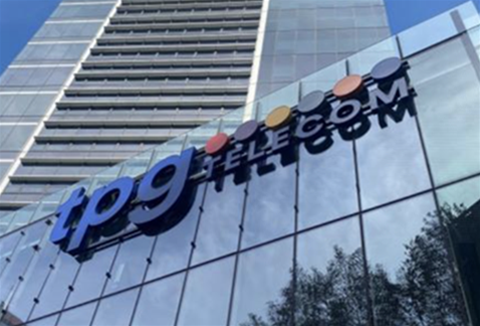Visual Insights: Sumo Logic Roundtable on the Development of SIEM
We independently review everything we recommend. When you buy through our links, we may earn a commission which is paid directly to our Australia-based writers, editors, and support staff. Thank you for your support!
Fast Overview
- SIEM technology is essential in today’s cybersecurity landscape.
- Sumo Logic organizes a roundtable to examine the development and future of SIEM.
- Solutions based in the cloud are gaining more significance.
- AI and machine learning are crucial for boosting SIEM functionalities.
- Issues like data privacy and integration still pose major challenges.
The Advancement of SIEM in Cybersecurity

Security Information and Event Management (SIEM) systems have become vital in the digital era, equipping organisations with the necessary tools to identify and react to cyber threats. The growing complexity of cyberattacks demands a corresponding advancement in SIEM technology.
The Contribution of Sumo Logic to SIEM
Sumo Logic leads the way in SIEM innovation by facilitating discussions and roundtables aimed at envisioning the future of this essential technology. Their latest roundtable assembled industry specialists to exchange ideas on the future direction of SIEM solutions.
Cloud-Based Solutions Taking the Lead
As companies transition to cloud environments, SIEM solutions are required to evolve. Cloud-based SIEM presents improved scalability and accessibility, enabling organisations to efficiently oversee security across varied infrastructures.
Incorporating AI and Machine Learning
Artificial intelligence (AI) and machine learning (ML) are revolutionizing SIEM capabilities, facilitating more rapid threat detection and automated responses. These innovations assist in processing extensive amounts of data, identifying trends, and predicting possible security incidents.
Obstacles in Data Privacy and Integration
Even with progress, obstacles such as data privacy and the integration of SIEM solutions with current IT frameworks persist. Organisations need to find a balance between comprehensive security needs and compliance with privacy regulations while ensuring smooth technology integration.
Conclusion
The progression of SIEM technology is vital for upholding strong cybersecurity in an ever more digital environment. Sumo Logic’s initiative in convening discussions on SIEM’s future underscores the significance of innovation and flexibility in this sector. As cloud solutions and AI continue to influence SIEM, organisations must confront the challenges associated with integration and privacy to fully utilize these advancements.

















